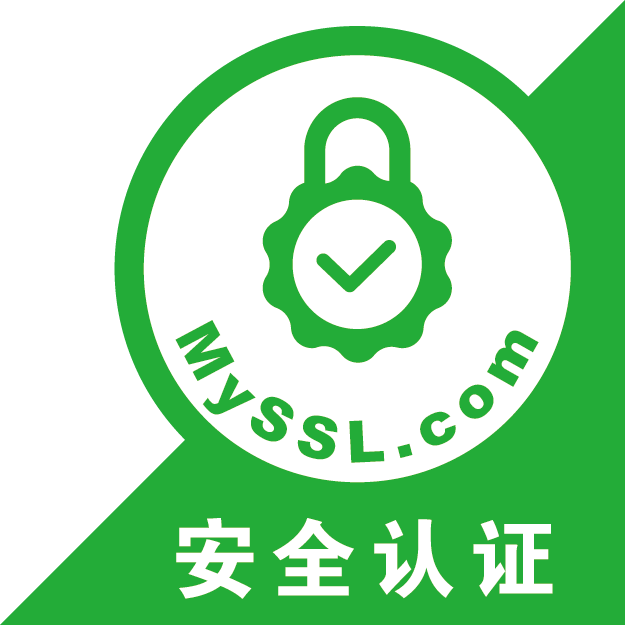悠悠楠杉
Python爬虫如何抓取新闻网站:实战教程
进入详情页后,目标是提取四个关键字段:标题、关键词、描述和正文。标题通常位于<h1>标签内;描述可能在<meta name="description">中;正文则多集中在某个具有特定class的<div>容器里。
python
def extractarticle(url):
res = requests.get(url, headers=headers)
artsoup = BeautifulSoup(res.text, 'lxml')
title = art_soup.find('h1').get_text(strip=True) if art_soup.find('h1') else "未知标题"
desc_tag = art_soup.find('meta', attrs={'name': 'description'})
description = desc_tag['content'] if desc_tag else ""
content_div = art_soup.find('div', class_='article-content')
paragraphs = content_div.find_all('p') if content_div else []
full_text = '\n'.join([p.get_text(strip=True) for p in paragraphs])
# 截取前1000字左右
body = full_text[:1000] if len(full_text) > 1000 else full_text
关键词提取方面,可借助jieba进行中文分词与TF-IDF权重计算:
python
import jieba.analyse
keywords = jieba.analyse.extract_tags(body, topK=5, withWeight=False)
最终将这些信息组织成字典格式,便于存储为JSON或写入数据库。
数据保存与后续处理
抓取完成后,可将结果写入本地文件:
python
import json
data = {
"title": title,
"keywords": keywords,
"description": description,
"body": body,
"source_url": url
}
with open("newsdata.json", "w", encoding="utf-8") as f: json.dump(data, f, ensureascii=False, indent=2)
若需长期运行,建议结合schedule库实现定时任务,或使用Scrapy框架构建更稳定的分布式爬虫系统。
整个过程看似简单,实则需要不断调试选择器、应对页面变化、处理编码异常。真正的爬虫高手,不仅懂代码,更懂内容结构与网络伦理。掌握这项技能,意味着你拥有了从互联网中“淘金”的能力——但请始终记得:技术向善,方能行远。

